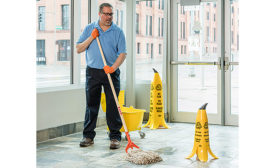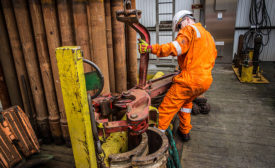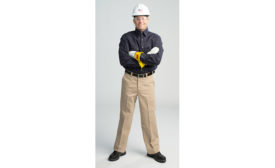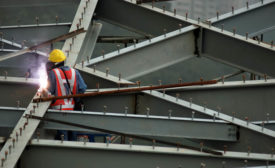Risk Management
What to look for in a PPE provider
A how-to guide & benefits of consolidating your buy
September 9, 2019
Choose the right footwear & accessories to combat the fatigue factor
As the workforce ages
September 9, 2019
Protecting against flash fires
Disproving 4 myths about FR garment base layers
September 9, 2019
Reaching high-reliability goals
How to achieve pragmatic, actionable safety practices
September 4, 2019
Never miss the latest news and trends driving the safety industry
eNewsletter | Website | eMagazine
JOIN TODAYCopyright ©2024. All Rights Reserved BNP Media.
Design, CMS, Hosting & Web Development :: ePublishing










